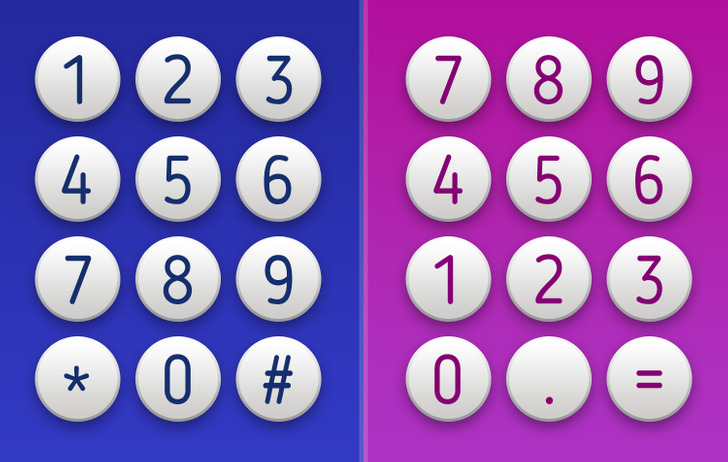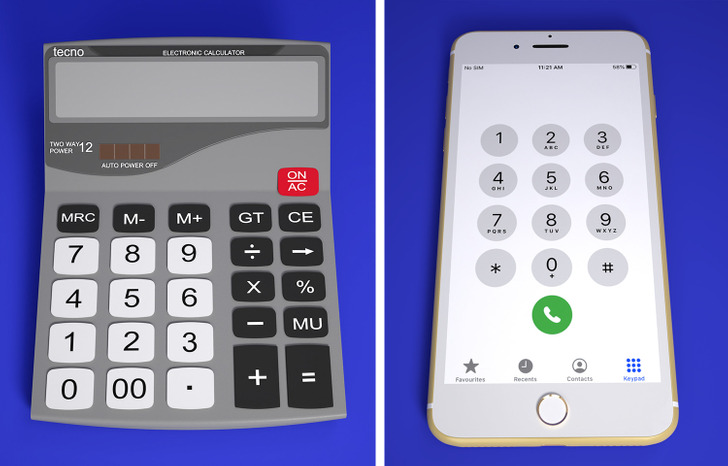Why a Phone and a Calculator Have Different Numpads
It seems that a calculator and a phone should have a similar numeric keypad. However, this is not the case.
At 5-Minute Crafts, we decided to find out why it’s like this and would like to share our findings with you.

It all started with mechanical cash registers. They were designed with a “0” at the bottom and the numbers going up. The reason for this particular layout is that “0” is very often used when making calculations. Therefore, it is very logical that this number was placed there to be easily accessible to the fingers.
Later, when mechanical and electronic calculators were invented, their creators decided to keep the format similar to a cash register: “0” was placed at the bottom, and the remaining numbers went from “1” in the lower-left corner to “9” in the upper right corner. The keypad’s layout was not evolutionary, like a phone, but a functional one.

In the late 1950s and early 1960s, inventors were going to introduce an alternative to the rotary dial telephone to the world — a push-button telephone, now known as the touch-tone phone. But in order to decide how to correctly arrange the numbers, they had to do a lot of research. According to its results, it was decided to follow the standard 3×3 matrix, which people found easy to use. It is also used in modern smartphones.
It’s also worth noting that on a phone, “0” comes after “9” because it’s actually treated as a “10.” On a calculator, “0” comes before “1” because it’s treated as a “0.” In both cases, “0” is in its appropriate place according to the value assigned to it.